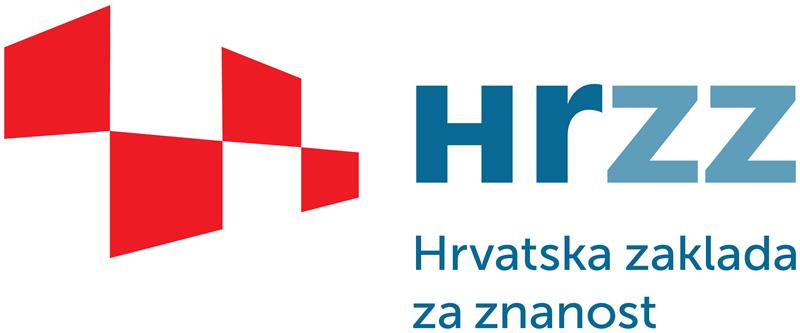Kolaborativna manipulacija človek-robot z uporabo geometričnih zapisov in negotovosti
Oznaka in naziv projekta
N2-0384 Kolaborativna manipulacija človek-robot z uporabo geometričnih zapisov in negotovosti
N2-0384 Human-robot collaborative manipulation by considering geometry and uncertainty (HORACE)
Logotipi ARIS in drugih sofinancerjev



Projektna skupina
Vodja projekta: izr. prof. dr. Andrej Gams (25638)
Sodelujoče raziskovalne organizacije:
Institut "Jožef Stefan", Odsek za avtomatiko, biokibernetiko in robotiko (0106-014), (IJS)
Idiap research Institute, Robot Learning and Interaction Group (Idiap)
University of Zagreb, Faculty of Electrical Engineering and Computing, Laboratory for Autonomous systems and mobile robots, (FER Zagreb)
Sestava projektne skupine: Povezava na SICRIS
Boris Kuster (55596) - IJS
Simon Reberšek (39258) - IJS
Peter Nimac (55794) - IJS
dr. Sylvain Calinon - Idiap
prof. dr. sc. Ivan Marković (CroRIS ID 29108) - FER Zagreb
Vsebinski opis projekta
Vsebinski opis projekta
Recent advances in anthropomorphic and multi-limbs robots have led to an increased interest in exploiting these platforms for human-robot collaboration (HRC). HRC is challenging in multiple aspects, covering perception, learning, control and planning levels. The underlying problems share as common ground that they need some form of distances to be measured, which are used as some form of cost functions that need to be minimized. Distance measurement is thus an essential common ingredient at the core of robotics. For control, these distances are typically used in the form of residuals that are corrected by a feedback controller. For planning, trajectories minimizing the total distance between two points correspond to geodesic paths (for Euclidean distances, these paths correspond to straight segments between the two points). By extension, these distances are also the core component to model diffusion processes and kernel function to model (co)variations and uncertainty. In HORACE, we will treat these distances from a geometric perspective, which boils down to the selection of efficient representations and manifolds to specify these distances. The goal is to measure distances by going beyond Euclidean distances between two points, but to instead consider distances between other geometric objects and to account for manifolds that are not Euclidean, which is often the case in robotics. We will then exploit these distance measures in the form of kernel functions that can be used in Gaussian processes to account for variations and uncertainty. By leveraging our previous expertise, we will demonstrate the developed approaches in several human-robot collaboration scenarios involving joint physical collaboration, assembly, manipulation of deformable objects, all with high degree of freedom robots, in particular, the TALOS humanoid robot readily available at JSI. We will investigate how the control of a humanoid robot can be effectively achieved by using the proposed geometric descriptors and how the geodesics in such encoding can be used for effective planning. HORACE will lead to novel methodological developments yielding more efficient human-robot collaboration and better understanding of its inherent geometrical structure. The three partners each bring knowledge and equipment that complement the others. Idiap brings knowledge on the geometric perspectives, UNIZG-FER on planning and HRC and JSI on humanoid robots and HRC. The complementarity of the partners will enable concrete advancements in the field of human-robot collaboration.
Faze projekta in opis njihove realizacije
1: O1. Leverage geometric descriptors for sample efficient skill learning in HRC
2: O2. Improve efficacy of motion planning approaches for bimanual manipulation by leveraging learned skill manifolds
3: O3. Exploit geometric descriptors in optimal control problems for HRC with both kinematic and dynamic formulations
4: O4. Demonstrate developed geometric representation methods in high-degree of freedom HRC scenarios

Povezava na SICRIS